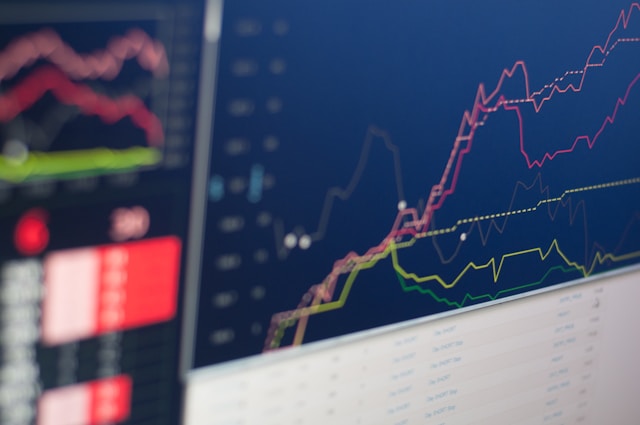Here comes Peter Cottontail with his baskets full of Easter joy, which may or may not contain chocolate bunnies and marshmallow peeps but always contain some sort of Easter egg.
If you are a parent with little “peeps” of your own, don’t resort to the plastic eggs of bright colors, despite their convenience. Why not make this a teachable moment for you and the kids by dyeing your own real chicken eggs? Fun to make and good to eat.
But if you are going to take the time to go with the home dipped option, you might as well get the best colors for your effort. That’s where the vinegar comes in. Whatever color you aim to achieve, adding vinegar to the solution will enhance the color. But why?
Eggshells are made of calcium carbonate and vinegar is an acetic acid. The acidic vinegar sets of a hydrogen reaction when it comes in contact with the eggshell’s calcium carbonate and releases carbon dioxide as it breaks down the shell. You can see the bubbles escaping into the air. And what was once a relatively smooth surface becomes pocked, allowing for more surface area to absorb the colors.
But also, the proteins in the eggshell’s thin cuticle layer react to take on extra positively charged hydrogen ions, which then bond easily to the negatively charged dye molecules.
The greater the acidity concentration in an acid, the more willing it is to release its hydrogen, so more color sticks to the egg’s surface because of the hydrogen bond. The more acidic the solution, the deeper the color will become.
If you’re having so much fun at this project, whether by yourself or with kids, that you just can’t stop dipping eggs, go ahead and experiment with various acids. Try some lemon or orange juice. Try some aspirin or vitamin C tablets. And try plain water without an acid. Note the color differences.
And don’t feel bound by the primary colors of food dye; there are many foods themselves that will produce a rich dye. Beet juice, onion skins, mulberries and elderberries, even red cabbage, are just a few of the options you might find in the fridge or around the yard. For a non-food option you can even use old silk neckties or craft crepe paper.
Whatever method you use for dyeing, and whether you hunt for the rewards in the yard or in the fridge, here’s hoping you have a perfectly “eggcellent” Easter.







